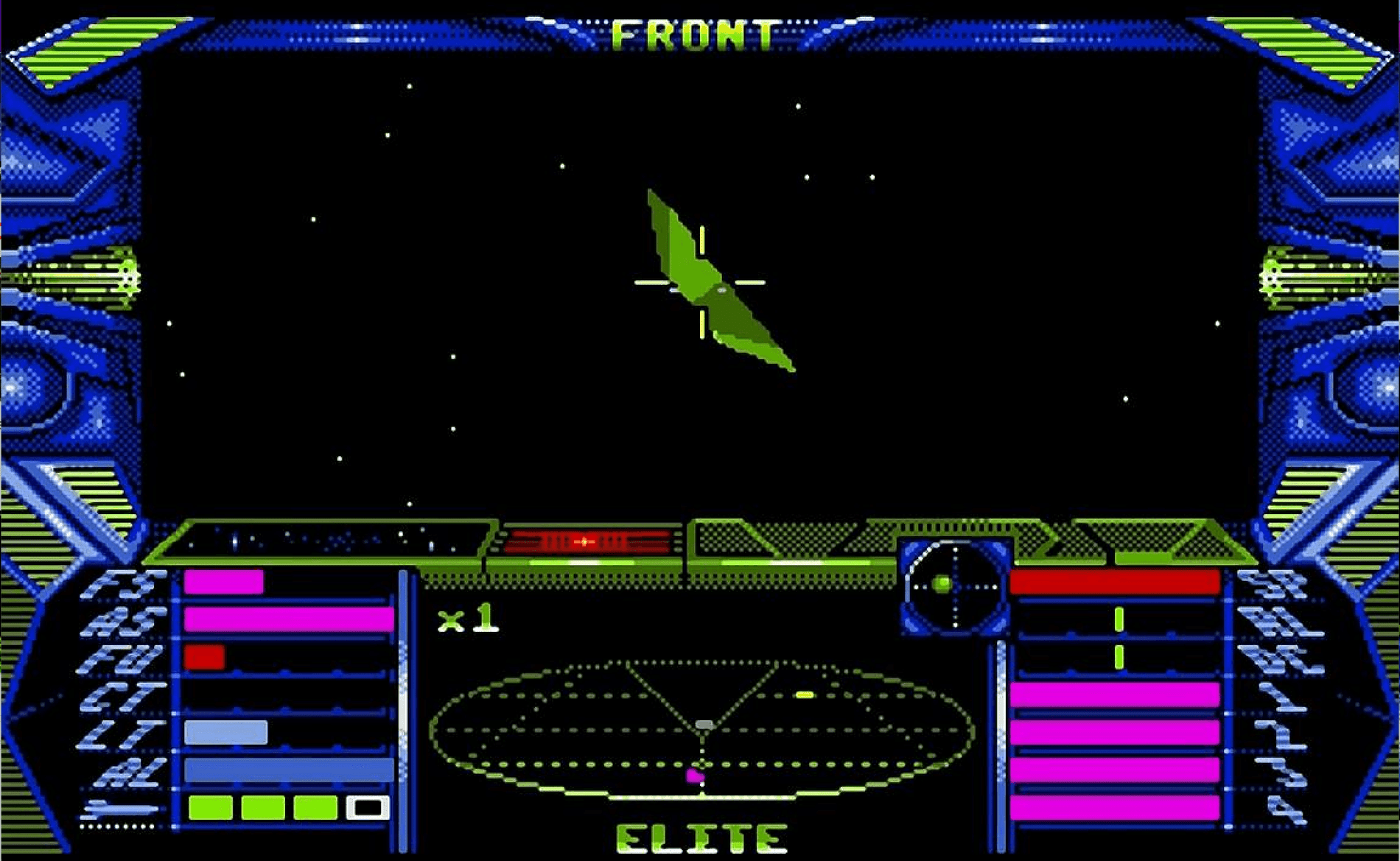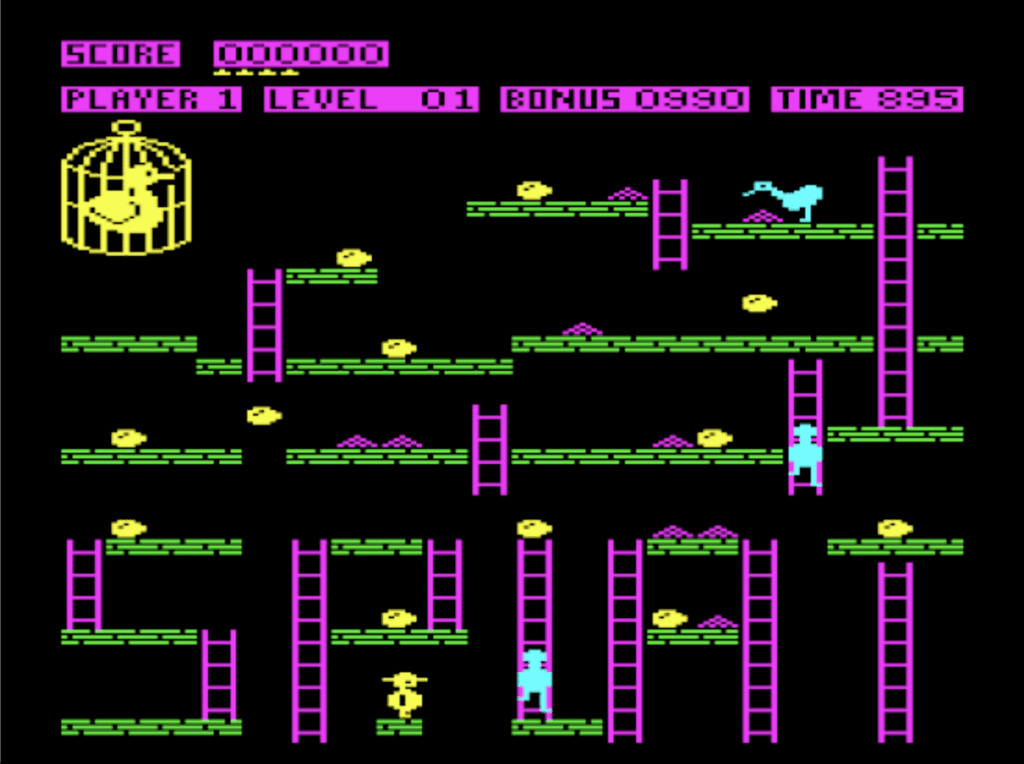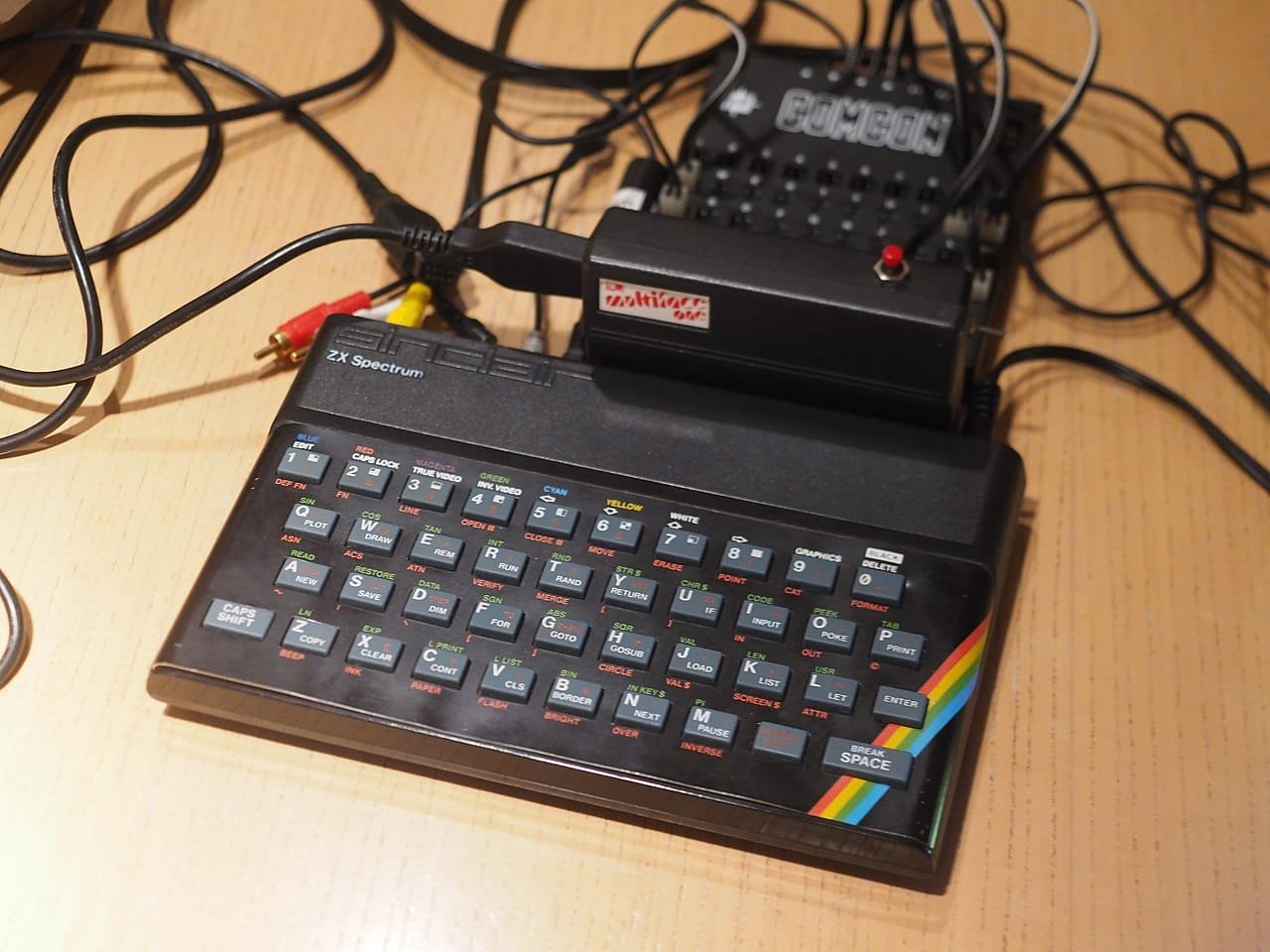Introduction
In the annals of technological advancement, few inventions have had as profound an impact on society as home computers. These sleek machines, once a distant dream for the average consumer, now form an indispensable part of our lives. The evolution of early home computers not only marked a turning point in computing history but also paved the way for the digital revolution that followed. In this article, we will delve into the intriguing past of home computers, explore significant models that shaped the industry, and reminisce about the games that brought joy to countless households.
The Birth of Home Computers
The origins of home computers can be traced back to the 1970s, a time when computing power was predominantly confined to large mainframes in corporate environments. The desire to bring computing capabilities into the homes of ordinary people fueled a race among early computer enthusiasts and hobbyists to create more accessible machines. The year 1975 saw the release of two landmark products – the MITS Altair 8800 and the IBM 5100 – that laid the foundation for the home computing revolution.
The MITS Altair 8800: Sparking the Revolution
The MITS Altair 8800, designed by Ed Roberts, is widely regarded as the world’s first personal computer. Released as a build-it-yourself kit, the Altair 8800 captured the imaginations of early computer enthusiasts. Sporting an Intel 8080 microprocessor and a front panel of switches and LEDs, the Altair 8800 required users to program it manually by toggling switches – a far cry from today’s user-friendly interfaces. Despite its limitations, the Altair 8800 ignited the passion for personal computing and inspired a young generation of tech enthusiasts.
The IBM 5100: A Glimpse of the Future
In 1975, IBM, the computing behemoth, introduced the IBM 5100, a portable computer that could be carried like a briefcase. Though not the first home computer, the IBM 5100 offered greater ease of use and versatility compared to its predecessors. It featured a built-in CRT display and could run BASIC, making it more approachable for non-technical users. The IBM 5100 marked a crucial step toward the popularization of home computing and set the stage for the computer revolution of the 1980s.
The Golden Era of Early Home Computers
The 1980s witnessed an explosion of creativity and innovation in the home computer market. This decade saw the birth of iconic machines that became the darlings of tech enthusiasts, students, and gamers alike. Let’s take a look at some of the most important models that defined the golden era of early home computers.
Commodore 64: The Best-Selling Legend
Launched in 1982 by Commodore International, the Commodore 64 holds the distinction of being the best-selling home computer of all time. Priced at an affordable $595, the Commodore 64 boasted an impressive 64 kilobytes of RAM and advanced multimedia capabilities for its time. Its extensive software library and support for color graphics made it a favorite among gamers and creative users. Classic games like “Pac-Man,” “Donkey Kong,” and “Boulder Dash” captivated millions, and the machine’s popularity cemented its legacy in computing history.
Apple II: Pioneering the Personal Computer Revolution
Steve Wozniak and Steve Jobs co-founded Apple Computer Inc., and in 1977, they introduced the Apple II, a landmark machine that revolutionized personal computing. Unlike the text-based systems of the era, the Apple II featured color graphics and a user-friendly interface. The machine’s success was fueled by the release of the VisiCalc spreadsheet software, which turned the Apple II into a valuable tool for businesses and professionals. The Apple II’s popularity laid the groundwork for Apple’s future triumphs and played a pivotal role in shaping the computer industry.
Sinclair ZX Spectrum: The British Icon
The 1980s also saw the rise of the Sinclair ZX Spectrum, a British home computer that captured the hearts of gaming enthusiasts worldwide. Launched in 1982, the ZX Spectrum featured a rubber keyboard and utilized audio cassette tapes for program storage. Its vibrant color display and extensive gaming library made it a hit with gamers of all ages. Classics like “Manic Miner,” “Jet Set Willy,” and “Elite” solidified the ZX Spectrum’s place in gaming folklore. The affordability of the ZX Spectrum ensured its widespread adoption, making it a beloved household item for countless families in the UK and beyond.
Important Games of the Early Home Computer Era
The 1980s and early 1990s were a golden age for home computer gaming. As the technology evolved, developers created innovative and memorable games that continue to hold a special place in the hearts of gamers. Let’s revisit some of the most important and influential games from this era.
Manic Miner (ZX Spectrum, 1983)
Manic Miner, developed by the brilliant mind of Matthew Smith, is a platform game that became an instant sensation on the ZX Spectrum. Players took on the role of Willy, a daring miner, as he ventured through treacherous underground caverns to collect valuable items. The game’s engaging mechanics and vibrant graphics captured the imaginations of gamers and turned it into an enduring classic.
Elite (Commodore 64, 1984)
Elite, a groundbreaking creation by the visionary duo David Braben and Ian Bell, revolutionized the gaming world by introducing the concept of open-world space exploration. Players assumed the role of interstellar traders, navigating a vast galaxy filled with planets, space stations, and other spacecraft. With its impressive 3D wireframe graphics and innovative gameplay, Elite set new standards for the possibilities of gaming on the Commodore 64.

Jet Set Willy (ZX Spectrum, 1984)
Jet Set Willy, also crafted by Matthew Smith, was the eagerly-awaited sequel to Manic Miner and further solidified the popularity of platform games on the ZX Spectrum. Players embarked on an adventurous quest to clean up Willy’s sprawling mansion by collecting scattered items. The game’s catchy music and challenging gameplay earned it a place in the hearts of many, leaving a lasting legacy.
The Last Ninja (Commodore 64, 1987)
The Last Ninja, an epic creation by System 3, showcased the Commodore 64’s capabilities with its stunning isometric graphics and intricate gameplay. Players took on the role of a skilled ninja, navigating through various levels to confront evil adversaries. Its cutting-edge visuals and immersive gameplay established new benchmarks for action-adventure games, influencing future generations of game developers.
“Zork” (1980)
In 1980, “Zork” emerged as one of the earliest and most influential text-based adventure games. Created by MIT students Tim Anderson, Marc Blank, Bruce Daniels, and Dave Lebling, “Zork” took players on a captivating journey through an interactive world. With no graphics to rely on, players had to type commands and solve puzzles using their imagination, making it a landmark title in interactive storytelling.
“Prince of Persia” (1989)
Developed by Jordan Mechner, “Prince of Persia” was a revolutionary platformer that captivated gamers with its fluid animations and challenging gameplay. Released for various home computer platforms, the game follows a young prince’s quest to rescue the princess from an evil vizier. Its realistic character animations set a new standard for video game graphics and inspired countless future titles.
Chuckie Egg (ZX Spectrum, 1983)

Created by the talented Nigel Alderton, Chuckie Egg became an iconic platform game on the ZX Spectrum. Players took control of Hen-House Harry, a nimble farmer on a quest to collect eggs from different platforms while skillfully avoiding deadly hens. The game’s simple yet addictive gameplay made it a favorite among players of all ages, contributing to its enduring popularity.
Conclusion
The early home computer era was a transformative period in the history of technology, paving the way for the digital age we now inhabit. The MITS Altair 8800 and IBM 5100 laid the foundation, while the Commodore 64, Apple II, and Sinclair ZX Spectrum became iconic machines that defined the golden era of home computing. Meanwhile, influential games like “Space Invaders,” “Zork,” “Prince of Persia,” and “Doom” left an indelible mark on the gaming landscape.
As technology continues to advance, we owe a debt of gratitude to these early home computers and games for the legacy they left behind. The nostalgia associated with these pioneering machines and games continues to inspire new generations of tech enthusiasts, reminding us of the profound impact that small devices can have on the way we live and interact with the world.

